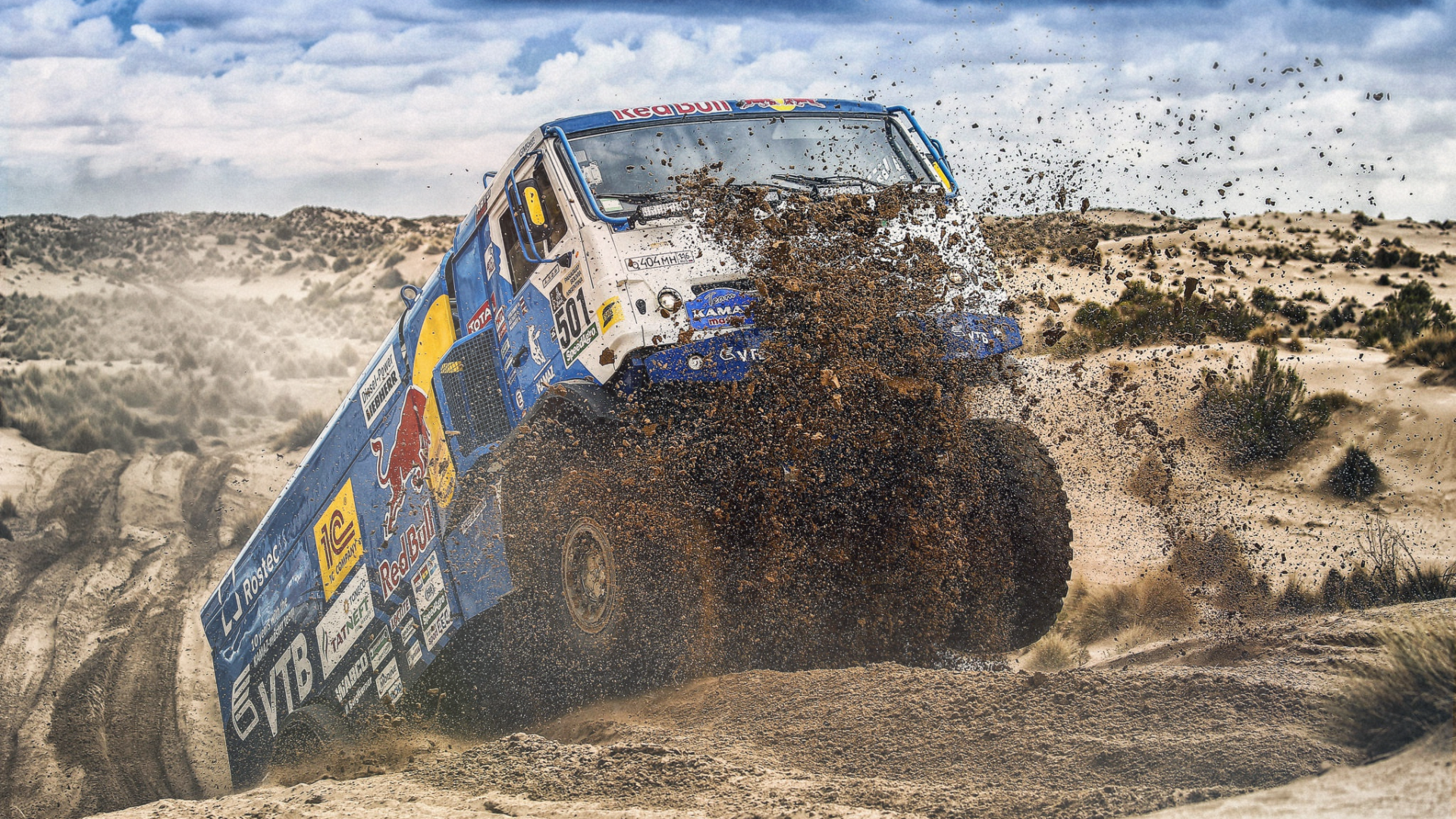The Dakar Rally, often simply referred to as “The Dakar,” is one of the most grueling and iconic off-road motorsport events in the world. Its origins trace back to 1977 when French motorcycle racer Thierry Sabine found himself lost in the Libyan desert during the Abidjan-Nice Rally. This harrowing experience inspired him to create a race that would test the limits of endurance and navigation across some of the world’s most unforgiving terrains.
Sabine’s vision materialized in 1979 with the first Paris-Dakar Rally, starting in Paris, France, and ending in Dakar, Senegal. This inaugural event attracted 182 vehicles, with only 74 managing to finish the 10,000-kilometer journey, setting the stage for what would become a legendary motorsport adventure.
In its early years, the Dakar Rally quickly developed a reputation for its extreme conditions, combining vast deserts, treacherous rocky paths, and uncharted territories that challenged both man and machine. Initially dominated by motorcyclists, the rally soon expanded to include cars and trucks, drawing competitors from around the globe.
The race was a unique blend of sporting challenge, human adventure, and mechanical endurance. The rally’s allure lay in its unpredictability—competitors had to rely on navigational skills, mechanical ingenuity, and sheer perseverance to survive the punishing course.
Throughout the 1980s and 1990s, the Dakar Rally grew in scope and popularity. The route frequently changed, introducing new regions and fresh challenges while maintaining its core spirit of adventure. The tragic death of Thierry Sabine in a helicopter crash during the 1986 rally was a poignant moment that could have ended the race; however, his legacy continued to drive the event’s enduring appeal.
As the rally evolved, it became not only a platform for top-tier athletes but also a proving ground for vehicle manufacturers, with iconic brands like Peugeot, Mitsubishi, and Volkswagen using the race to test and showcase their off-road technology.
In 2008, the Dakar Rally faced its most significant challenge yet. Security threats in Mauritania and concerns over terrorist activities forced the cancellation of the race for the first time in its history. This marked a pivotal moment for the rally, prompting a relocation to South America in 2009.

Over the next decade, Dakar found a new home across the diverse landscapes of Argentina, Chile, Peru, and Bolivia, preserving its ethos while exploring new terrains like the Andes Mountains and the Atacama Desert. The South American chapters of the Dakar maintained the rally’s reputation as the ultimate test of endurance and adaptability.
The latest chapter in the Dakar Rally’s history began in 2020 when the event moved to Saudi Arabia, bringing the challenge to the vast deserts and mountainous regions of the Arabian Peninsula. The Saudi Arabian terrain offered new and formidable obstacles, reaffirming Dakar’s position as the pinnacle of off-road rallying.
Competitors navigated a diverse array of environments, from towering dunes to rocky canyons, demonstrating the rally’s relentless spirit of exploration and adventure. This new setting has continued to push participants to their physical and mental limits, upholding the event’s legacy as one of the toughest motorsport competitions in the world.
Legends like Stéphane Peterhansel, with the most wins in Dakar history, and Nani Roma, who triumphed in both motorcycle and car categories, have etched their names into the rally’s storied past. Beyond the competition, the Dakar represents a unique challenge that captivates audiences worldwide, embodying the raw and untamed spirit of motorsport.
